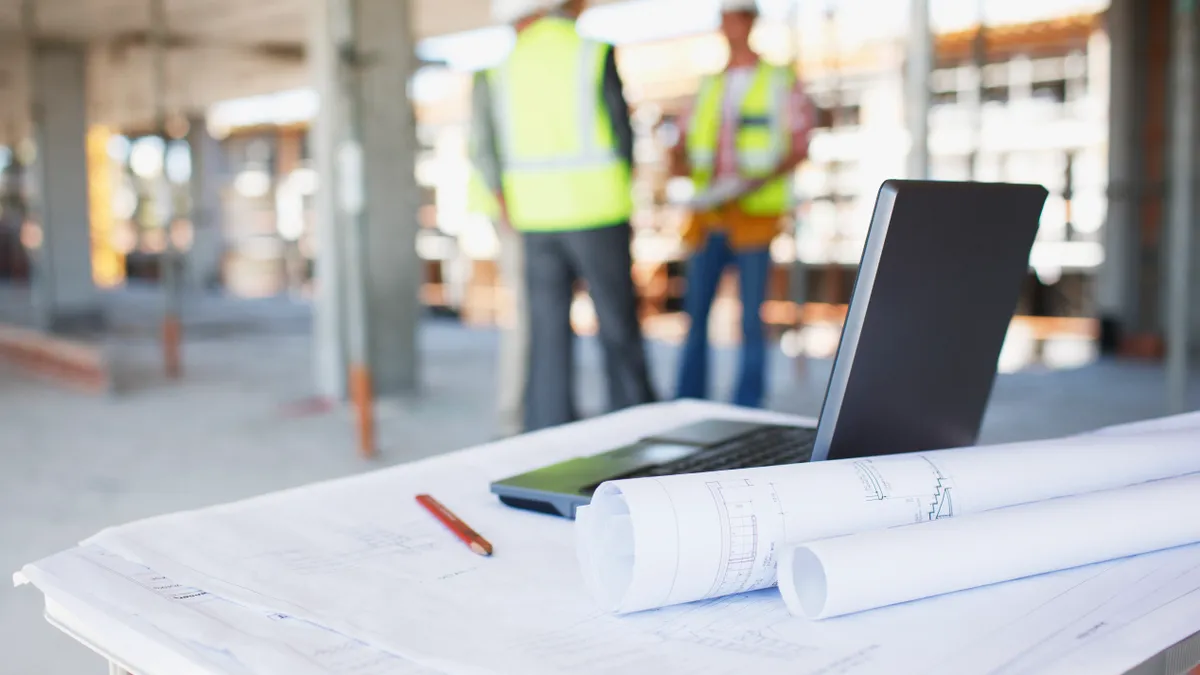Dive Brief:
- London-based contractor Balfour Beatty is developing its own artificial intelligence-based app — called StoaOne AI — that has scoured 8,000 documents for information to pass along to project teams and help them with their builds, CEO Leo Quinn told investors during the firm’s full-year earnings call on March 13.
- A second tool, which will mine billions of data points from health and safety observations and past incidents to predict, prevent and mitigate risks, is also in development, the firm said.
- Quinn said the company is working with Microsoft and other tech firms to develop its own in-house solutions. Those include “people-centric” technologies, he said, such as safety-focused applications including sensors around machines and computer-aided permitting processes.
Dive Insight:
Other contractors have also been making forays into AI. Sweden-based Skanska, for example, debuted its proprietary AI Sidekick chatbot in February. AI and construction technology also continue to be a big draw for builders that are looking to get ahead of the growing labor shortage.
Quinn called out the need for technology to help fill construction’s labor gap.
“We have a real skills challenge in the industry and if we're to have any chance of actually delivering all the work that's out there we've got to use technology to make people more productive,” Quinn told investors during the call. “And at the same time, we make them safer and better assured in what they're doing.”
Specifically regarding AI, Quinn said the company deployed a Microsoft AI system inside Balfour Beatty’s firewall to experiment with potential use cases.
Other firms have been viewing AI in a similar light. Redwood City, California-based DPR recently said it was optimistic about the technology, but urged caution about applying off-the-shelf programs, such as ChatGPT to construction processes, due to the heightened concerns about security and safety.
Quinn, however, said that was the very area where the technology may help the most.
“Apart from doing stuff that keeps people safe in terms of observations around safety and improving the working environment, which is essential, what we're doing [is] we're investing in access control and tracking and monitoring of people,” Quinn said.














